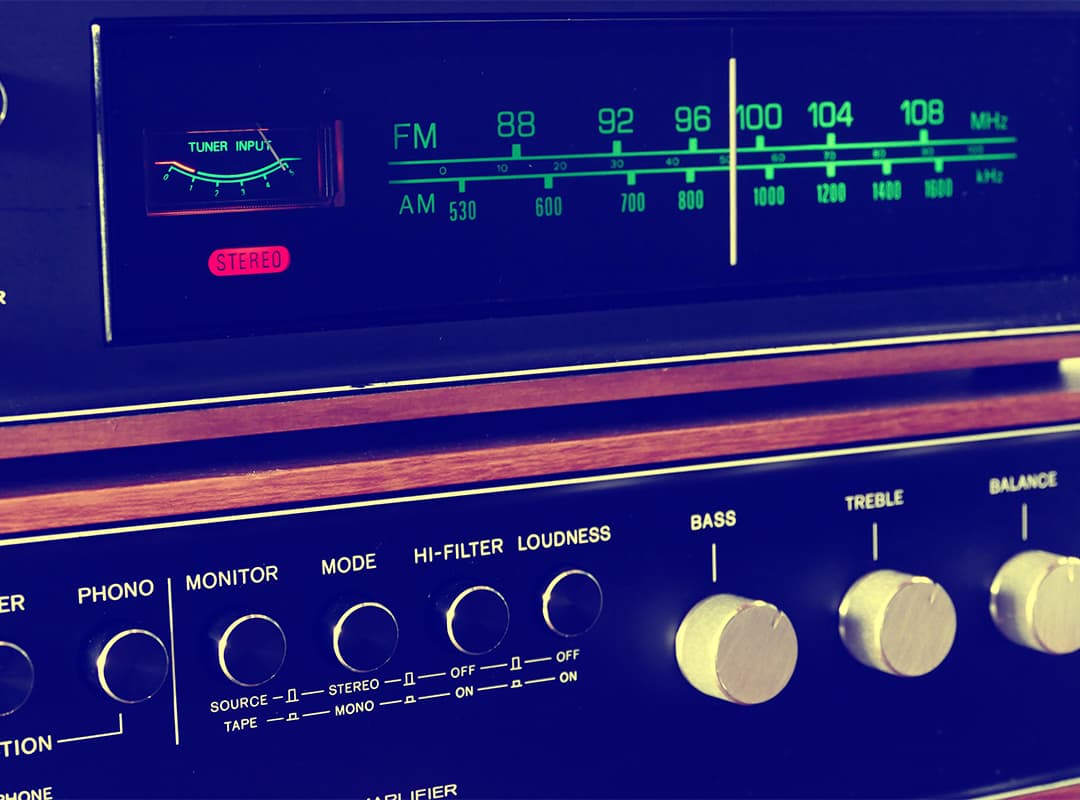This concept is very multifaceted, because it combines a large number of on-air and off-air factors and components. In general, the format of a radio station is its unique style, a certain regularity in the construction of the program grid and selection of material, observed during a clearly defined period of time.
Among the values that determine the format of a particular station are the ratio of music and information on the air, the style of sounding compositions, their “age” and degree of popularity, as well as their origin. In addition, it also includes the design of the air (jingles, liners and other elements of “clothing”), the style of the presenters and the peculiarities of their presentation of information on the air, the presence of blocks in the program grid, designed for a particular audience. And finally – on-air advertising (what is advertised, how it is advertised, at what time, etc.). Among the off-air factors relevant to the format of the station, we can highlight its involvement in public and cultural life – the organization and sponsorship of events and concerts, placed outdoor and television advertising designed to promote the station, corporate identity inherent in the advertising products, etc.
Radio station air formatting is aimed at attracting and retaining a certain target audience – listeners of a certain age, with certain habits and incomes. And, as a consequence – a clear positioning of the station in the market, necessary to attract the right advertiser. In other words, by choosing a particular station as an advertising carrier, an advertiser can anticipate the degree of effectiveness of placing advertising materials on its air.
The birth and passing into oblivion of certain formats is a response to the demands of the audience, reflects trends in the development of the music scene and the ongoing changes in public life. Radio stations in the process of their existence and development often change formats. However, this step should always be approached more than thoughtfully. First of all, when changing formats, it is recommended to completely change the face of the station – its call sign, logo and other elements that the audience remembers and associates with the former format. Violation of this rule can be fraught with complete business failure for a radio station. For example, the Moscow radio “101” after several years of floundering in search of the right format seemed to have found a more or less attractive niche for itself. However, the audience (and advertisers) began to treat the station with distrust – they associated it with instability, constant format changes, and no one knew which way the airwaves might swing tomorrow. As a result, the station was forced to cease its existence.
One more thing that should be known to all those who want to radically change the format of their radio station. A copy is usually worse than the original. Therefore, a simple imitation of the formatting of the air of another station, present in the market and having a huge popularity, is unlikely to bring the desired result. As a rule, there is only a “blurring of the audience” between two similar stations, and very often nothing significant happens at all. For a successful station usually has, besides a dry description of the format features, also “specialties” in the form of some shows, presenters, etc., which a clone station does not have.
